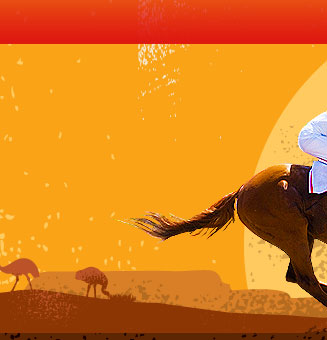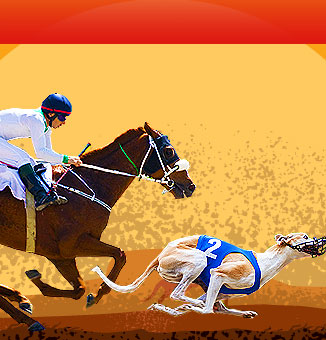Harness Racing in Australia
Harness racing is colloquially known in Australia as trotting. It is an important spectator sport in Australia and large amounts of money are wagered in the races annually.
Australia hosts around 91 harness racing tracks, which hold over 1,900 meetings annually. There are approximately 2,900 drivers and 4,000 trainers with about 5,000 Standardbred horses foaled and registered each year.
Harness racing in Australia is conducted with racing in two gaits, pacing and trotting, however, trotters may enter pacing events, but not vice versa. Pacers contest 80% to 90% of Australian harness races. Races are conducted in an anti-clockwise direction generally over distances from 1,609 metres (1 mile) to 2,650 metres, although some races such as the A G Hunter Cup are run over longer distances. Harness racing tracks typically measure from 700 to 1,000 metres.
Racing is administered by Harness Racing Australia (HRA) (formerly known as the Australian Harness Racing Council), with each State's Principal Racing Authority agreeing to abide by, and to enforce the rules and regulations.
Race meetings are often conducted at night, with many major metropolitan meetings held on Friday and Saturday nights. Standardbred racing in Australia differs slightly from American racing, in that it uses the metric system to measure distances and there are often more starters in a race.
Races are started in one of two ways, either from behind a mobile barrier, using a mobile start or behind tapes from a standing start. The mobile barrier is usually a car or ute with two long arms, behind which the horses line up before moving to the starting line. The barrier may cover the entire track and in some cases the mobile can be ten horses wide. When the wings of the gate swing back, the starting vehicle speeds off, thus releasing the horses. This is the most common method of starting pacers and trotters in Australia.
The Australian International Design Awards winning AVA Integrity Mobile starting gates are used in Australia and include auto start. This innovation allows the starter to concentrate on the horses and contributes to integrity and fairness during the "score up". The modern starting gates use only a driver for steering the vehicle and a starter in the rear to observe the race and call a false start if required.
A standing start is made where horses stand flat footed behind an elastic tape that is connected across the track. Usually there are multiple tapes across the track at 10 or 5 metre intervals; this allows handicappers to handicap horses. This may be done on wins in certain classes or on a discretionary basis. Both pacers and trotters races are conducted from standing starts.
Place a bet on your favorite horse now.



